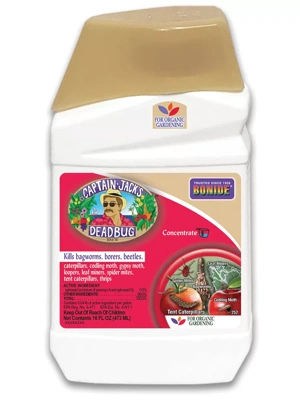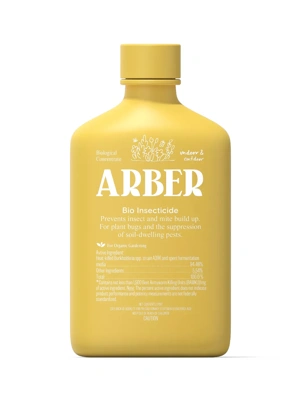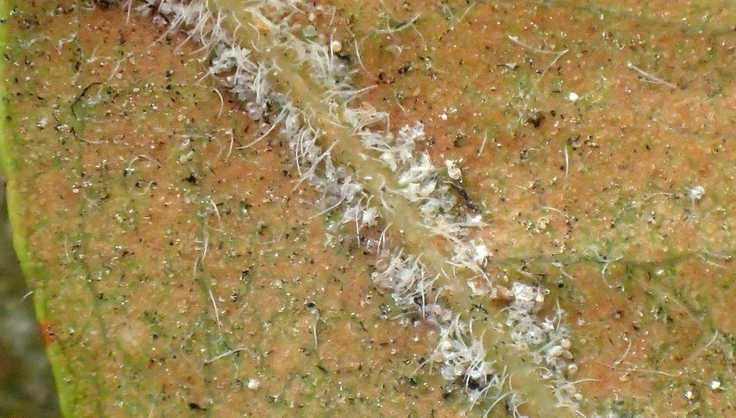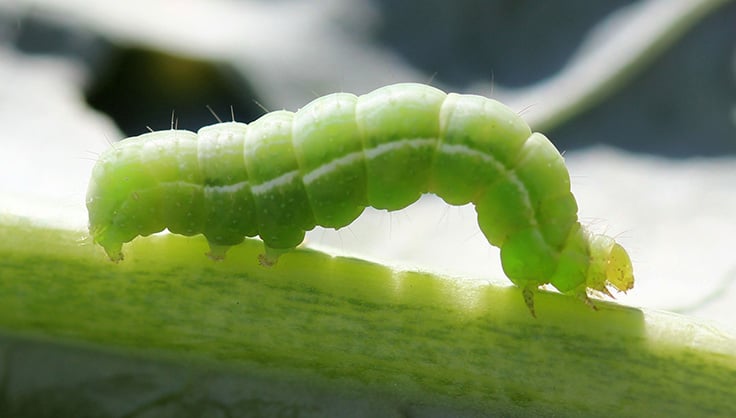Earwig
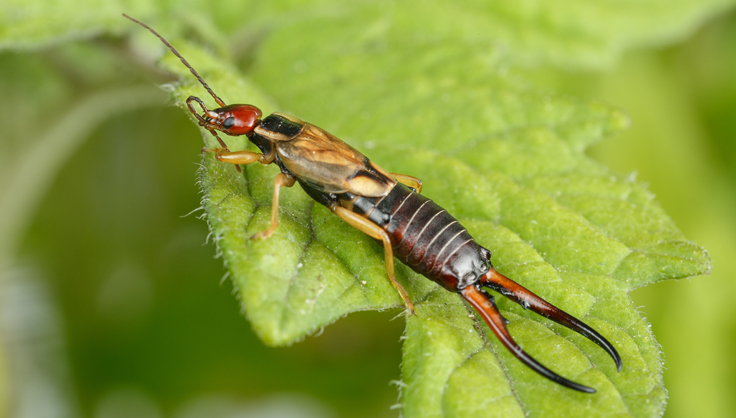
During cool, moist weather, earwigs may feed on tender new growth, flowers, and fruit of crops such as lettuce, corn, peppers, and celery. Evidence of earwig feeding includes ragged foliage and distorted flowers and fruit. Damage is usually more annoying than serious, and will pass when weather becomes drier. Earwigs feed primarily at night and hide by day in dark, damp places.
Immature earwigs look very similar to adults. Both eggs and adult insects overwinter; adults sometimes burrow as much as 6 feet underground. Earwigs are common garden pests throughout North America.
Prevention and Control
- First, keep in mind that earwigs play a beneficial role in gardens — their usual diet consists of decaying organic matter, fungi, and insects. Earwigs are usually more of an annoyance than a problem. Don?t take steps to kill them unless they?re causing serious crop damage.
- Remove mulch and cultivate the soil regularly to deter earwigs from getting established in your garden.
- Encourage natural predators, such as tachinid flies. If you keep chickens, they consider earwigs a delicacy.
- To make an earwig trap, fill a flowerpot with crumpled paper. Place the pot in your garden, upside down and propped up with a stick. Earwigs will crawl into the paper during the day to hide. Destroy the concealed earwigs by transferring the paper from the pot to a container of soapy water. Work quickly, because earwigs move fast! You can also set out pieces of old garden hose as traps.
Last updated: 01/19/2023
Print this Article:
Related items
Related Articles
Get the Dirt
Stay up to date on new articles and advice. Please fill out the information below.






